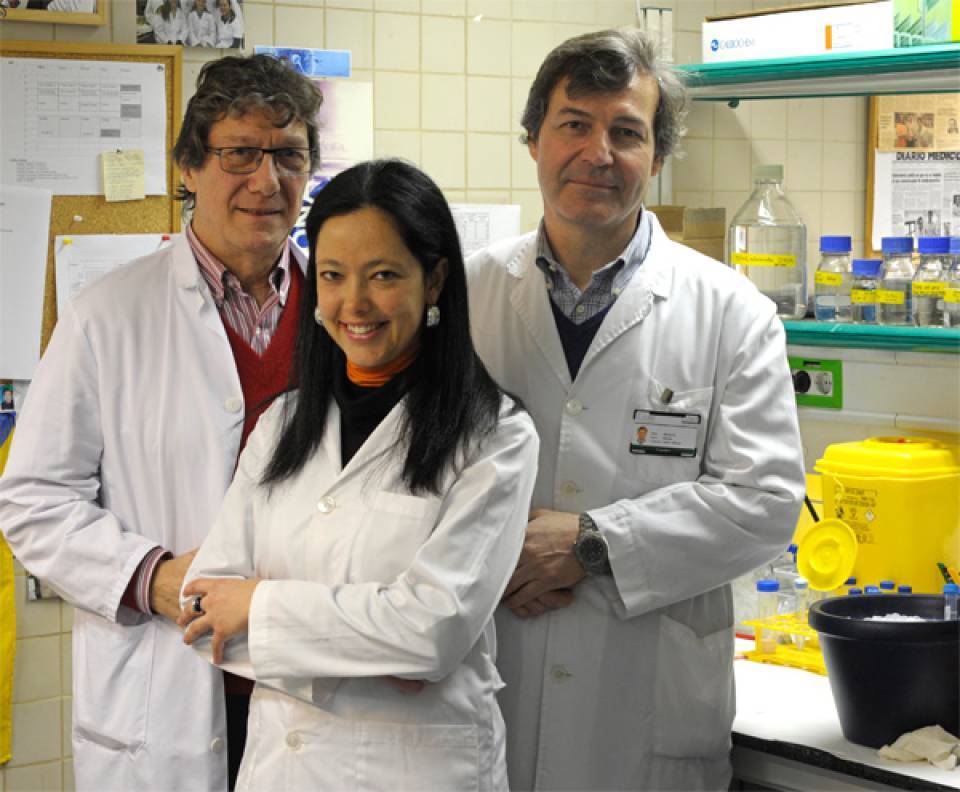The authors focused on the proteomic analysis of the human sperm tail because previous studies indicated that many of their metabolism proteins are there. In the region of the head, however, is the paternal genetic material and the cell nucleus. Amaral and colleagues isolated normal human sperm samples and focused on the identification of proteins present in the tail region. This analysis allowed to identify proteins also present in lesser abundance which don't appear when analyzing whole cells.
Researchers have discovered a number of proteins that were not previously described in human sperm. For example, until now it was believed that there wasn't peroxisomal proteins in the sperm, because it was thought that there wasn't peroxisomes. In the tails of the cells analyzed they found proteins involved in fatty acid oxidation. This would show that sperm may be able to use fatty acids as fuel and that beta lipid oxidation may contribute to their mobility.
This study is the first step to make a detailed map of the sperm metabolism. The data from this initial study suggests that sperm is equipped with enzymatic tools which hitherto gone unnoticed, and that, metabolically speaking, it is much more similar to somatic cells than previously thought. Results may motivate future research in comparative proteomics, aimed to resolve what makes one sperm have better or worse fertilizing capacity, or to develop a potential male contraceptive pill or improve current fertility techniques.
Article reference:
Amaral A, Castillo J, Estanyol JM, JL Ballesca, Ramalho-Santos J, Oliva R. Human sperm proteome tail endogenous metabolic pathways Suggests new. Mol Cell Proteomics. 2013 Feb, 12 (2) :330-42. doi: 10.1074/mcp.M112.020552.

